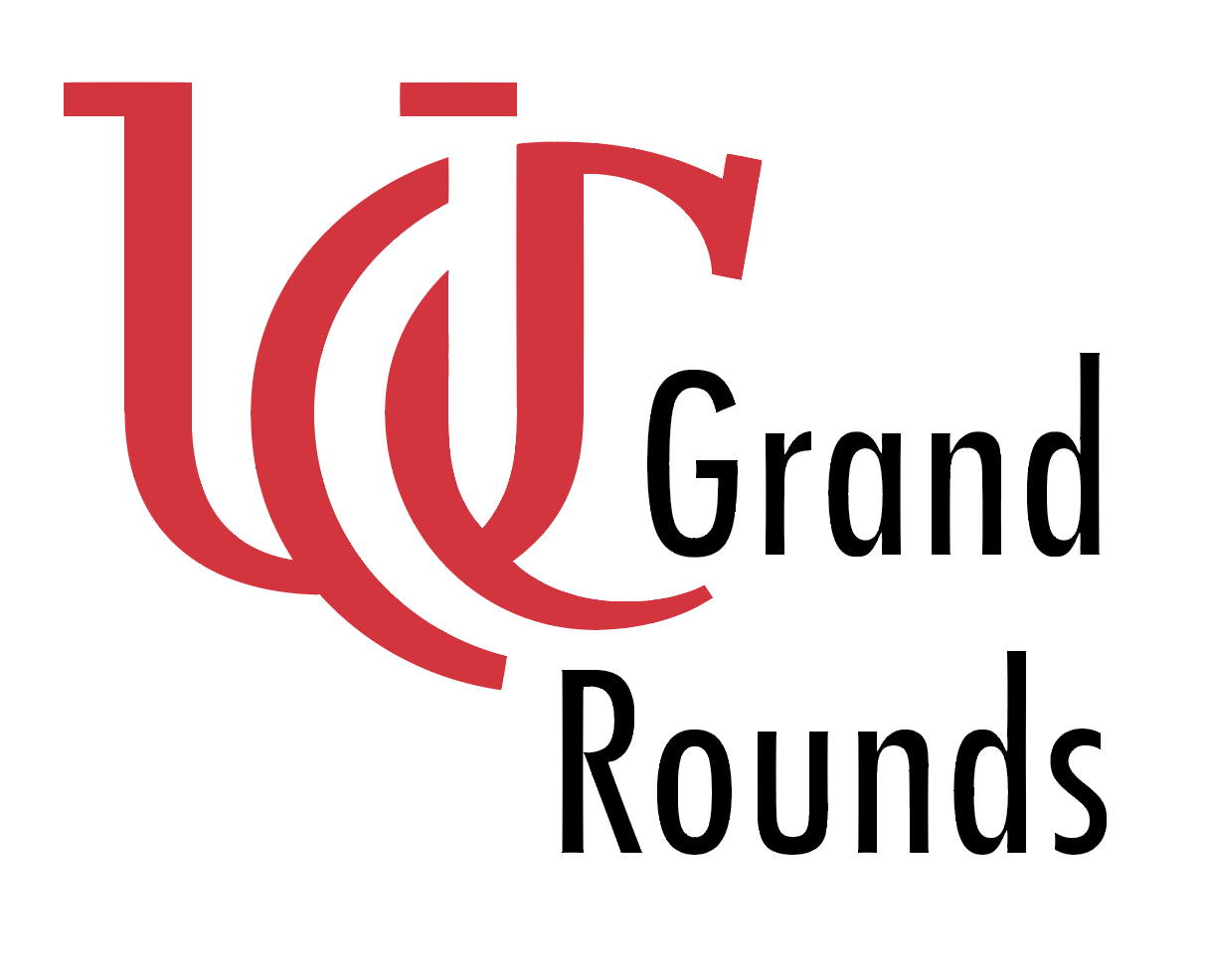Grand Rounds Recap 2.7.24
/Join us we recap another week of Grand Rounds. We start off with a CPC case, where Dr. Rodriguez challenges Dr. Benoit to a case involving a young child with recurrent syncopal episodes. Next up, Dr. Knudsen-Robbins teaches us all the tips/tricks to performing LPs in the ED. If you ever felt nervous about an pediatric airway, our airway expert, Dr. Carleton, walks us through all the nuances of a pediatric intubation. Meanwhile, Dr. Milligan reflects on her four years as a resident and shares her insight about making the hard decisions during training. One of our very own SRU tamers, Dr. Davis, teaches us how to expertly manage symptomatic bradycardia. Lastly, Drs. Broadstock and Ramachandran help us add nerve blocks to our growing toolbox used for treating acute pain in the ED.
Read More











